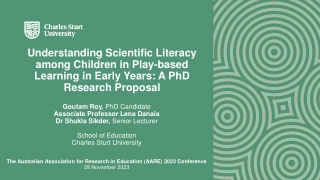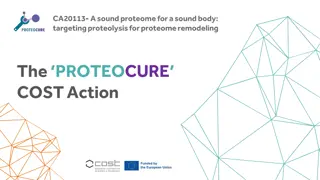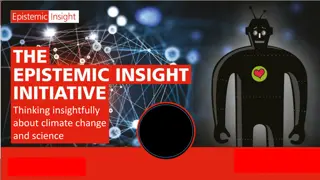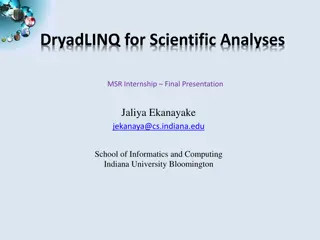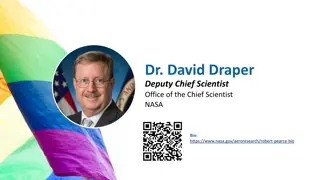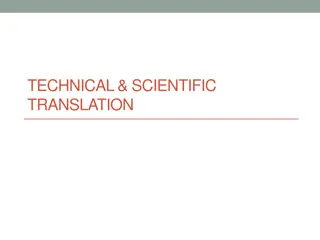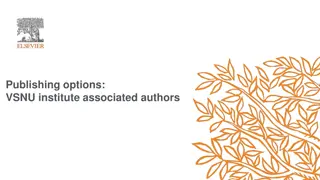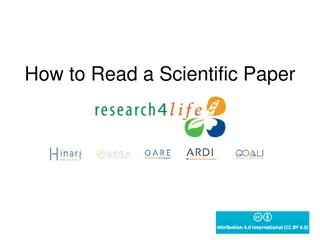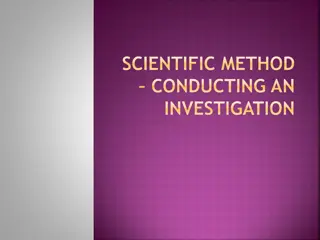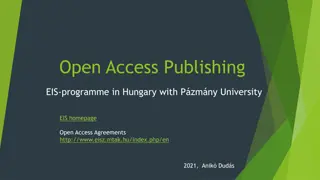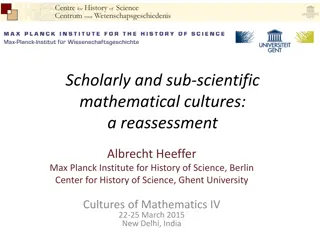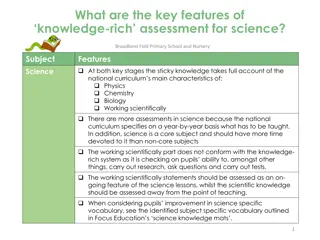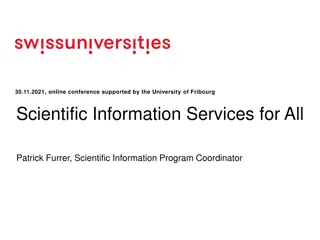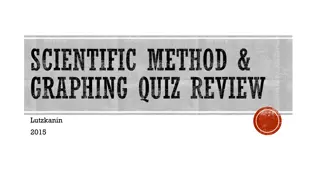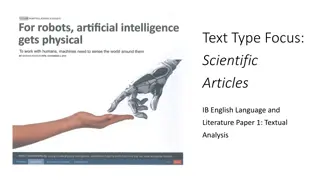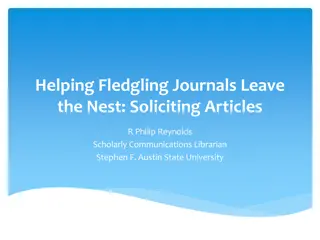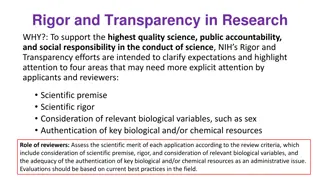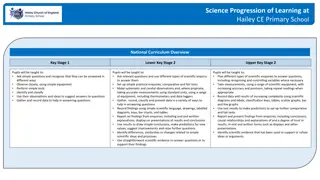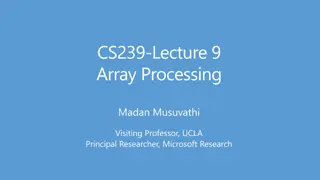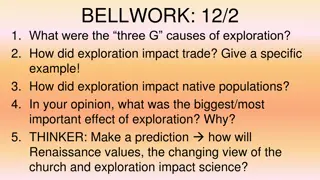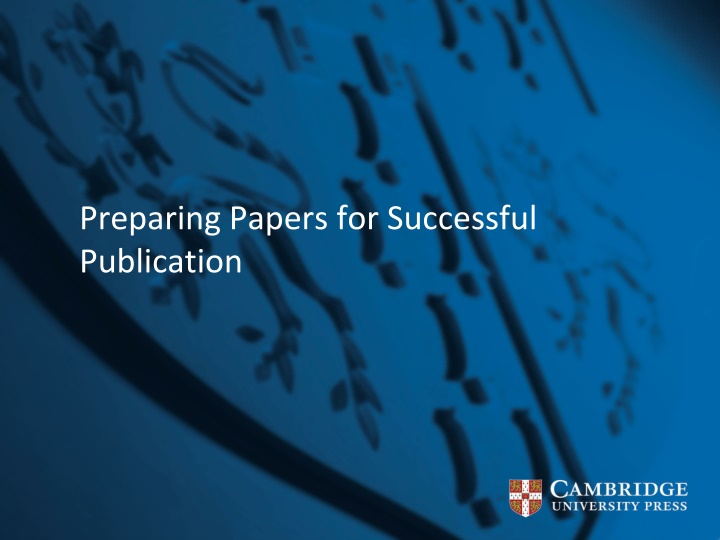
Effective Strategies for Successful Research Publication
Discover the essential steps for successful research publication, from study design and ethical approval to data analysis, authorship guidelines, and more. Learn why publishing your research is crucial for career advancement and how to navigate the editorial process effectively.
Download Presentation

Please find below an Image/Link to download the presentation.
The content on the website is provided AS IS for your information and personal use only. It may not be sold, licensed, or shared on other websites without obtaining consent from the author. If you encounter any issues during the download, it is possible that the publisher has removed the file from their server.
You are allowed to download the files provided on this website for personal or commercial use, subject to the condition that they are used lawfully. All files are the property of their respective owners.
The content on the website is provided AS IS for your information and personal use only. It may not be sold, licensed, or shared on other websites without obtaining consent from the author.
E N D
Presentation Transcript
Preparing Papers for Successful Publication
Overview Why publish? Writing up your research Choosing a journal Submitting your paper The editorial process and peer review Ethics! Promoting your work
Why publish your research? Academic journals are the bread and butter of research certainly in the natural sciences Making your results available to the scientific community To build on the existing academic literature Career advancement/notoriety - Publish or Perish Getting in before the competition! Communication with peers Validation
Study design & ethical approval Good research should be well justified, well planned, appropriately designed, and ethically approved (COPE: Guidelines on good publication practice) Research should answer specific questions, not just collect data Protocols / methods should be agreed by all contributors Consider statistical issues early in study design. Ensure adequate power and appropriate numbers of experimental units / participants Formal and documented ethical approval must be obtained from an appropriately constituted research ethics committee Research involving humans or animals will usually require a licence and full compliance with local and national regulations
Analysis & presentation of data Ensure your data are appropriately analysed Fully declare and describe sources and methods used to obtain and analyse data Inappropriately analysed data may result in misleading or false interpretation if deliberate this is falsification of results Exclusions or omissions from the data should be fully disclosed and explanations provided Any issues of bias should be discussed, including how they have been dealt with in the design and interpretation Manipulation of images should be declared and explained Use of previously published data and/or illustrations must be declared, the source/s acknowledged, and permissions obtained
Authorship All authors should have contributed to the paper Contributions include conception, design, data collection, analysis, writing Authors take responsibility for the content of the paper All authors must be able to competently describe the paper in detail Avoid conflicts by deciding early who will be credited with authorship Conflicts of interest (financial, commercial, political, personal) potential or real should be declared to all authors and the editor Similar or related publications from all authors should be declared to all authors and the editor INTERNATIONAL COMMITTEE OF MEDICAL JOURNAL EDITORS has a great section on authorship, defining the role of an author etc.
Writing a paper key points Strong introduction What is the story you are going to tell? Methods Clear, logically organised, complete Could someone else repeat the study? Results Clear, logically organised, complete In the most appropriate format (text, tables, or figures) Discussion Relevant to hypothesis or study aims Emphasis on significance and implications In context of existing literature
So much data so little space A journal does not want your notebook or your thesis! The compulsion to include everything, leaving nothing out, does not prove that one has unlimited information; it proves that one lacks discrimination. S. Aaronson (1977) The fool collects facts; the wise man selects them. J. W. Powell (1888) Be concise short and to the point is most effective
Attracting readers Your paper is competing with many others for the attention of editors, referees, and readers Title Brief, interesting, accurate Should be engaging, accurate and appropriate Abstract Attract readers to your paper Aim for four sections: why, how, what, and implications Include important keywords for searching Make it clear, make it easy to read
1. How Diversity Works 2. United States Health Care Reform: Progress to Date and Next Steps 3. The irreversible momentum of clean energy 4. Overview of active cesium contamination of freshwater fish in Fukushima and Eastern Japan 5. Experimental evidence of massive-scale emotional contagion through social networks 6. The next wave of deaths from Ebola ? the impact of health care worker mortality 7. Why Most Published Research Findings Are False 8. When Facts Backfire 9. Medical error the third leading cause of death in the US 10. What Are the Potential Effects of the Graham-Cassidy ACA Repeal-and-Replace Bill? Past Estimates Provide Some Clues Honourable mention: Simulations back up theory that Universe is a hologram
Free Courses in Scientific Writing https://www.coursera.org/learn/sciwrite/#
Where to Publish Your Research? Ask for expert advice your academic advisor or your peers Each field will have its own specialist journals Chances of getting rejected from the most sought after journals is higher Choose a journal which suits the tone of your work Don t let your paper drift around the journalsphere for too long!
A central role for venom in predation by Varanus komodoensis (Komodo Dragon) and the extinct giant Varanus (Megalania) priscus) Venom on ice: First insights into Antarctic octopus venoms Venom proteomic characterization and relative antivenom neutralization of two medically important Pakistani elapid snakes (Bungarus sindanus and Naja naja)
Submitting Make sure you have clearly read the Instructions for Contributors Correct formatting for that particular journal: length, style, format, type of file, and how to submit Make sure your article is the best that it can be! Make sure that you have secured the necessary permissions for material used in the article quotes, pictures etc.
Journal Publishing Process Reject More revision Submission Refereeing Revision Publication Acceptance Reject Reject Reject
Before you submit your paper Internal review Ask your peers to read it, to get an alternative perspective Ask someone outside your field to read it Write a covering letter to the editor Should clearly explain (but not overstate) the research Should explain why you have chosen this journal Submit with the consent of all authors and to only one journal Duplicate submission wastes everyone s time If detected, it will likely lead to rejection by all journals
What happens once you have submitted? Acknowledgement of receipt Editorial review Sent for peer review What are the drivers & motivations for the Editor? Publishing new, interesting, and important research Improving the profile and impact of their journal Providing content the subscribers want to read (and pay for) Publishing papers that will attract new authors and readers
What is the Editor seeking? Quality! Good research: well planned & well executed study Good presentation Novelty, significance, originality Consistency with scope and direction of journal Demonstrated broad interest to readership Will it cite? Interesting, well written story Clarity and honesty
Editorial ethical issues Editors are responsible for everything published in their journals. They must ensure: Integrity of the academic record Fair, objective assessment of all submissions Identities protected as appropriate Unpublished work remains confidential while in review All research conforms to accepted ethical guidelines; appropriate permits obtained Business needs do not compromise intellectual standards or freedom of expression It s worth having a look at Retraction Watch (link in the references section)
Peer-review ethical issues 1 Reviewers must be appropriate and able to comment usefully Editors should respect requests from authors not to use a particular reviewer, if these are well reasoned Reviewers must declare any possible conflict of interest to the Editor competing unpublished results, personal disagreements, previous review of the same paper, involvement with the work, close association with the author(s), financial dealings Reviewers have a duty of confidentiality during assessment Should seek the Editor s permission to obtain additional advice from colleagues May not use data, arguments or interpretations without the authors consent
Referee reports One paper, two perspectives Reviewer Number 1 Title XXX Authors YYY Quality of the Science Mostly competent, suffering from serious flaws Importance of the Science Important research on topic of broad significance; novel aspects Quality of Science Rating 3/5 Importance of Science Rating 3/5 Overall Assessment Reject in present form, but encourage submission of new manuscript Reduction in Length Yes Reviewer Number 2 Title XXX Authors YYY Quality of the Science Experimentally and/or theoretically excellent, reliable data, no flaws Importance of the Science Important research on topic of broad significance; novel aspects Quality of Science Rating 4/5 Importance of Science Rating 4/5 Overall Assessment Accept after minor revision; no further referee assessment Reduction in Length No
Referee reports One paper, two perspectives What does the author see? Reviewer Number 1 Title XXX Authors YYY Quality of the Science Mostly competent, suffering from serious flaws Importance of the Science Important research on topic of broad significance; novel aspects Quality of Science Rating 3/5 Importance of Science Rating 3/5 Overall Assessment Reject in present form, but encourage submission of new manuscript Reduction in Length Yes Reviewer Number 2 Title XXX Authors YYY Quality of the Science Experimentally and/or theoretically excellent, reliable data, no flaws Importance of the Science Important research on topic of broad significance; novel aspects Quality of Science Rating 4/5 Importance of Science Rating 4/5 Overall Assessment Accept after minor revision; no further referee assessment Reduction in Length No
Referee reports One paper, two perspectives What does the editor see? What does the author see? Reviewer Number 1 Title XXX Authors YYY Quality of the Science Mostly competent, suffering from serious flaws Importance of the Science Important research on topic of broad significance; novel aspects Quality of Science Rating 3/5 Importance of Science Rating 3/5 Overall Assessment Reject in present form, but encourage submission of new manuscript Reduction in Length Yes Reviewer Number 2 Title XXX Authors YYY Quality of the Science Experimentally and/or theoretically excellent, reliable data, no flaws Importance of the Science Important research on topic of broad significance; novel aspects Quality of Science Rating 4/5 Importance of Science Rating 4/5 Overall Assessment Accept after minor revision; no further referee assessment Reduction in Length No
Responding to referee reports Read the editor s letter first for instruction Take a deep breath Read the reports Put them aside for a day to a week Re-read the reports, discuss with co-workers Revise the paper and prepare a response document Even comments that seem aggressive or ignorant can be helpful Always view this as a chance to improve the paper
Getting a positive decision If you ve been asked to revise the paper, the Editor thinks you have something worth publishing The Editor will make a final decision based on how well the referees reports have been addressed, so -Revise with care -Respond fully to each of the referees comments -Present cogent and complete arguments if you have not followed a referee s recommendation Once your article is published, celebrate! The next day, update your resume / C.V. Make the Editor s job as easy as possible
Concluding remarks Writing for successful publication means having a well designed, original study to write about knowing what you want to write and why understanding who you are writing for writing clearly and honestly making the story interesting highlighting the significance of the results responding carefully and positively to referees reports
Useful Links Committee on Publication Ethics www.publicationethics.org International Committee of Medical Journal Editors http://www.icmje.org/ Retraction Watch http://retractionwatch.com/

